About Zimbabwe
Zimbabwe was once one of southern Africa’s most vibrant, productive, and resilient countries. However, over the past decade, the nation has faced a series of political and economic crises that have led to the general decline of the standard of living and a breakdown in public health, education, and infrastructure.
The country has an estimated population of 14.5 million, and about 10 million live in rural areas. Life is increasingly difficult, with 63 percent of all households living in poverty and 16 percent in extreme poverty. The uncertain political climate and inconsistent and ill-conceived domestic policies restrict foreign and domestic investment needed for economic growth. Over 90 percent of the country’s national budget goes for public sector salaries, leaving scant resources for investment in infrastructure and public services.
As the climate becomes more erratic, farmers have found it harder to produce sufficient yields, greatly contributing to the country’s recurrent food insecurity.
Zimbabwe’s high mortality and illness rates are a result of an under-resourced health delivery system, which is overstretched by the high burden of HIV, TB, malaria, and maternal and childhood illnesses. More than a decade of worsening economic conditions and rising costs has eroded a once vibrant health system. That said, the health sector has produced notable results such as an HIV prevalence rate that declined from 26 percent in 1999 to a current rate of 14 percent. The number of malaria cases has also decreased from 1.8 million in 2006 to less than 392,000 in 2015 – a dramatic 73 percent reduction.
To ensure that its future is in the hands of Zimbabweans, USAID works with its partners to strengthen health services, increase food security, support economic resilience, and promote democratic governance.








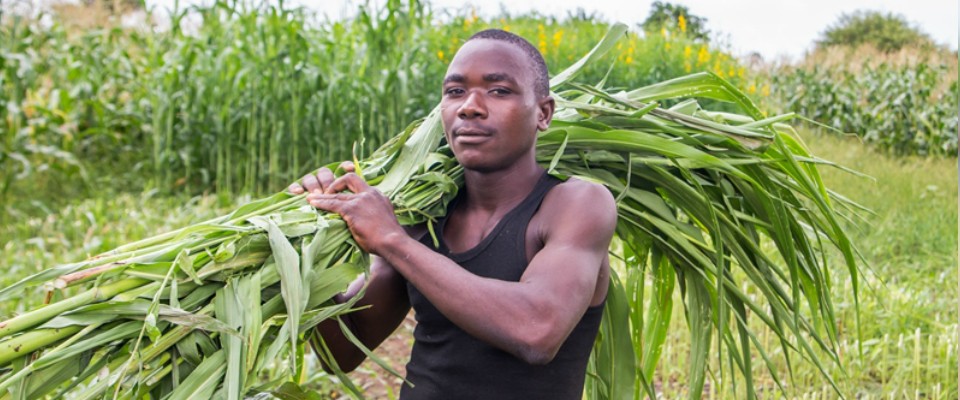
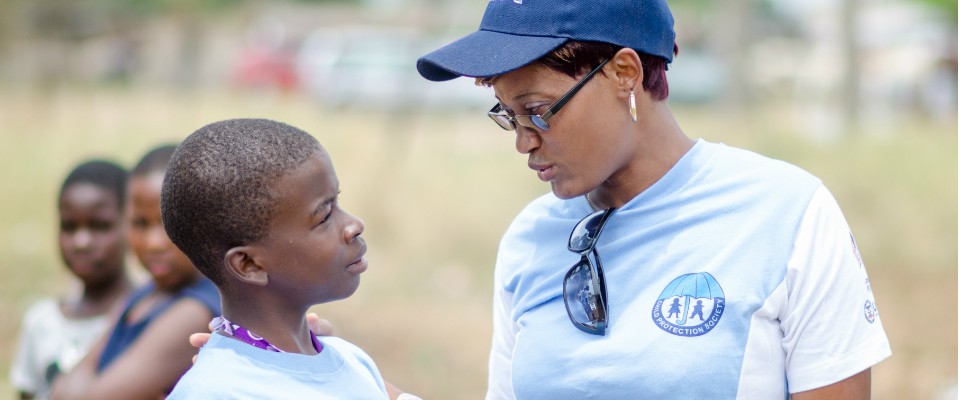
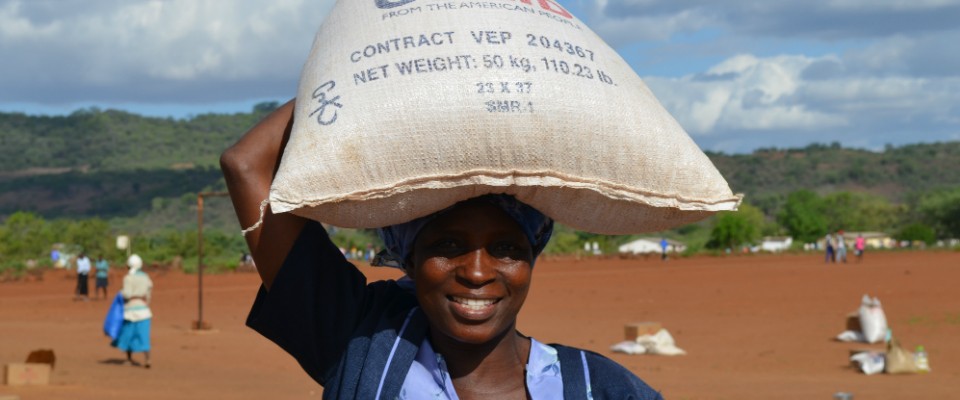
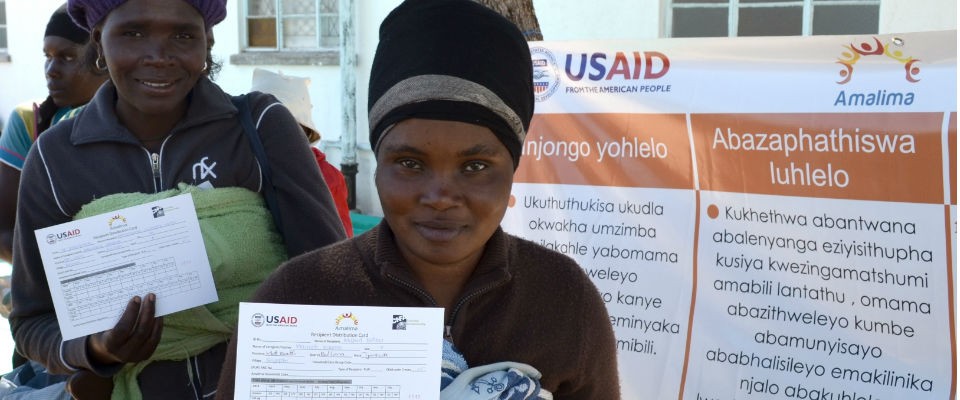
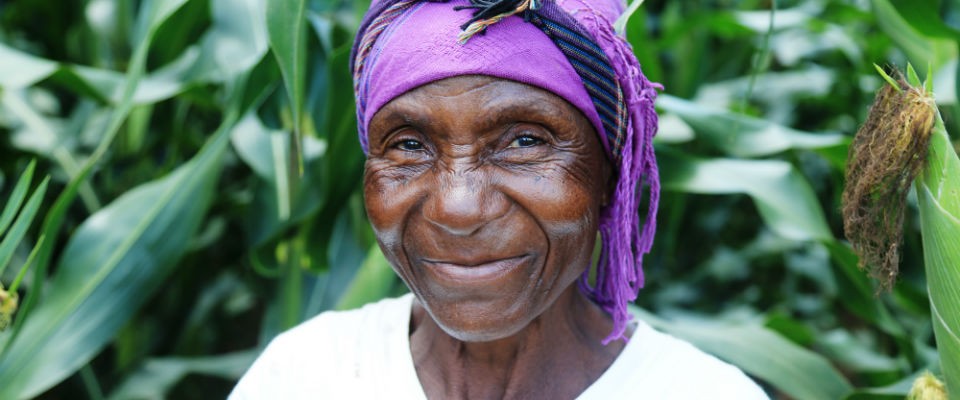
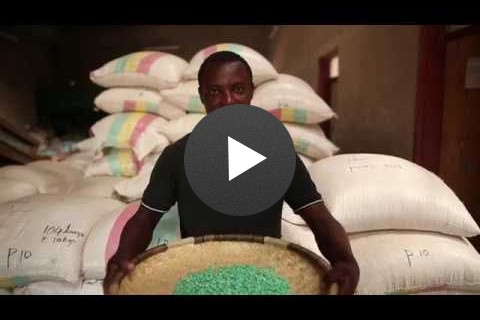
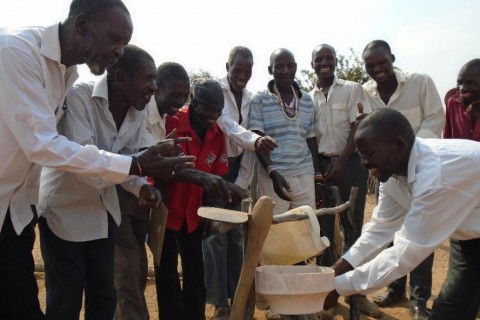


Comment
Make a general inquiry or suggest an improvement.